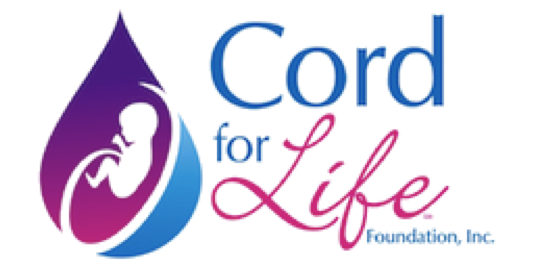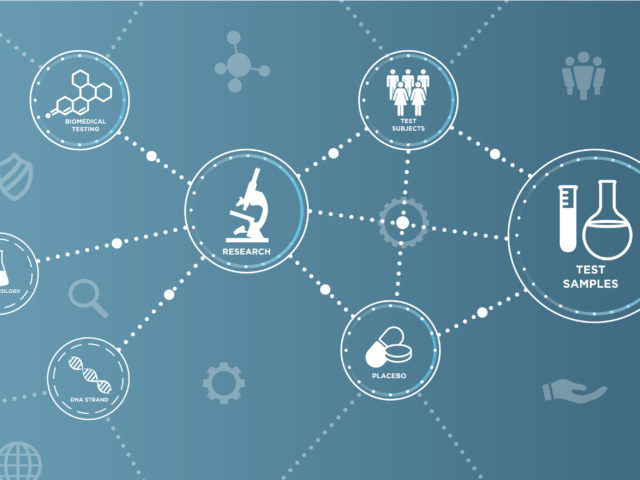Public vs. Private Banking
When deciding between privately storing your child’s cord blood for your exclusive use or donating it for availability to the general public, there are several differences to consider.
You can choose either option and can even begin with private cord blood banking and later donate your child’s stem cells once your family feels they are no longer needed. Of course, this option is only available if you meet the requirements for public cord blood donation.
With private cord blood banking, you have exclusive use of your newborn’s stem cells. Private cord blood banking ensures a perfect genetic match to your baby, as well as a partial match to other family members. If needed, the stem cells are immediately available and ready for use, whether for treatment or to enroll your child in a clinical trial.
With private cord blood banking, you pay for collection, processing, and annual storage fees. Most private cord blood banks offer a guarantee in the event your child’s stem cells fail to engraft and you need to find a matching donor from a public cord blood bank.
Public cord blood banks collect, process, and store donated umbilical cord blood for public use. In the event your child is sick, there is a nationwide network of public cord blood banks available to search for a genetic match. Unlike private cord blood banking, stem cells can only be used for FDA approved treatments, excluding the potential for experimental treatments for disorders like apraxia, Cerebral Palsy, and other diseases.
There is no cost to donate to a public cord blood bank, but there are fees for withdrawing the stem cells for transfusion. These may be covered by insurance, depending on your provider and policy.
LATEST ARTICLES
So much research is going on with stem cells from cord blood as scientists work to unlock the secrets of stem cells. Much of the research centers on the anti-inflammatory properties of stem cells from umbilical cord blood. Medical research into stem cells is ongoing, offering the potential to treat diseases or injuries that have […]
Stem cells perform three important functions: 1. They renew themselves; 2. Differentiate into other cells; and 3. Renew other cells. Hematopoietic stem cells (HSCs) can restore the immune system following chemotherapy or radiation for leukemia, lymphoma, and other life-threatening diseases. Historically, HSCs have only been available from bone marrow and peripheral blood transplants. As cord […]
In addition to potentially life-saving stem cells, your newborn’s umbilical cord blood also contains their DNA. Storing your child’s cord blood ensures that their baseline genetic information will be available if ever needed. What Can Genes Tell Us? The sum total of all the information coded into your child’s individual genes is their genome. Simply […]
Donate Cord Blood
By donating your newborn’s cord blood, you are joining a nationwide effort to create a genetically diverse inventory of stem cells for transplant to a child.




